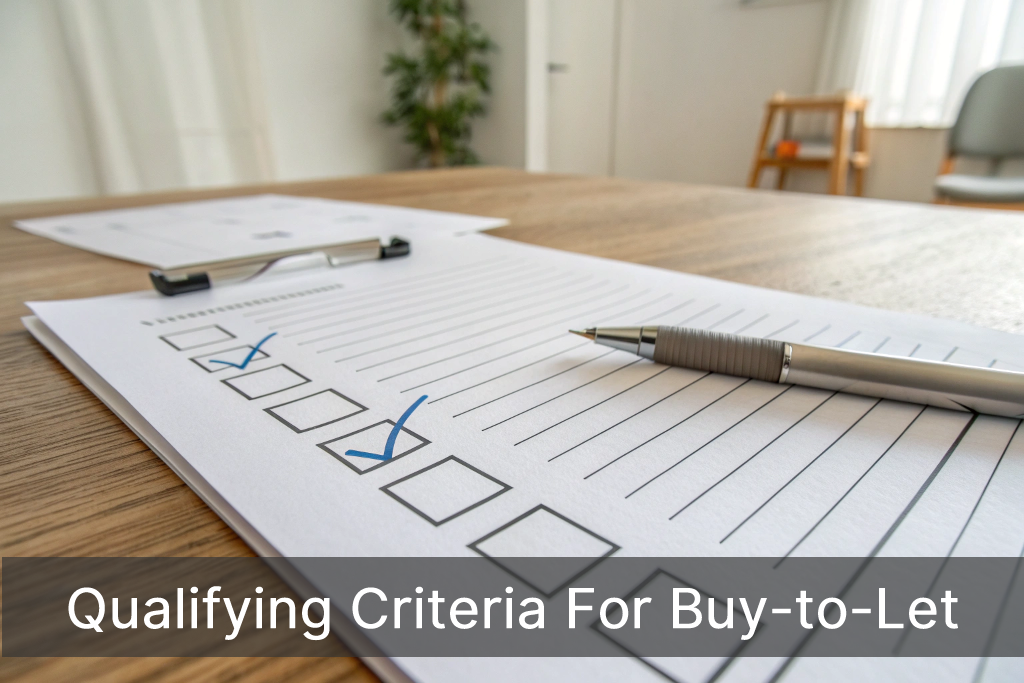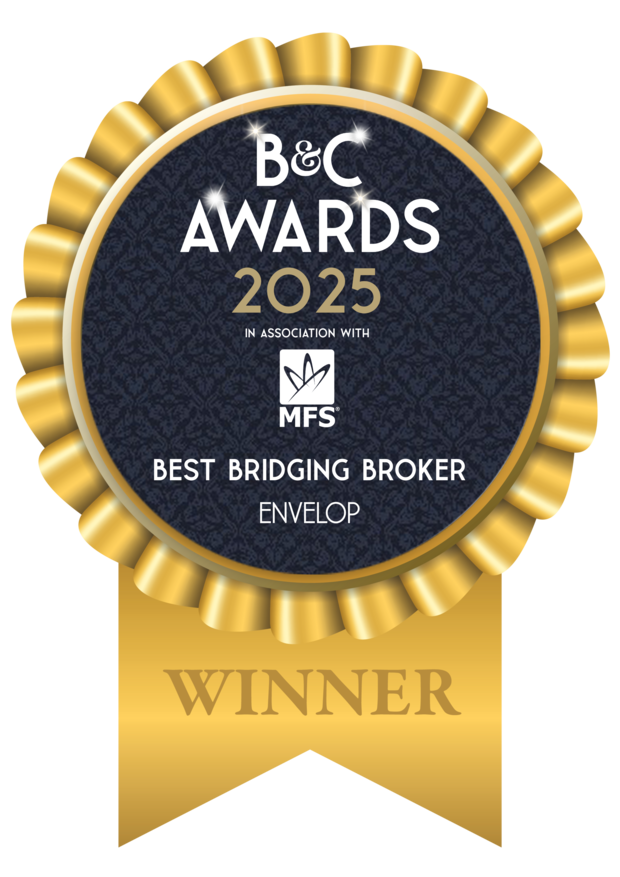Buy to Let Criteria

An understanding of what lenders are looking for
Before you apply for a buy-to-let mortgage, it’s important to understand what lenders expect. The criteria for a buy-to-let mortgage are slightly different from standard residential loans, and knowing the key requirements can save you time, hassle, and missed opportunities.
We help landlords, new and experienced, meet buy-to-let mortgage eligibility standards and secure the right deal for their property plans.
Core conditions for buy-to-let mortgage approval
Deposit (loan to value):
Most lenders require a minimum deposit of 20–25%. That’s an LTV of 75–80%. The lower your LTV, the better your rates tend to be.
Rental income:
Your expected rent must typically cover 125%–145% of the monthly mortgage payments (stress-tested at a higher interest rate). This is known as the rental coverage ratio.
Property type:
Lenders prefer standard residential properties like houses and flats. Some will also accept HMOs, student lets, or flats above commercial premises, but this varies by lender.
Applicant type:
You can apply as an individual, limited company, or SPV. Some lenders only work with company structures, while others focus on personal buy-to-let borrowing.
Experience:
Some lenders require previous landlord experience, especially for HMOs or larger portfolios. However, we also work with lenders who support first-time landlords.
Age and income:
Most lenders set minimum and maximum age limits (usually 21–85). While personal income isn’t always a major factor, some lenders may have minimum income thresholds, particularly for first-time landlords.
Credit profile:
Clean credit is preferred, but we can place deals with lenders who consider adverse credit, CCJs, or missed payments, provided the rest of the application is solid.
What is the buy-to-let mortgage criteria?
Buy-to-let mortgage criteria UK refers to the conditions and requirements lenders use to assess your suitability for a buy-to-let loan.
These include things like rental income, deposit size, credit history, property type, and your experience as a landlord.
If you’ve ever asked, “Will I get a buy-to-let mortgage?” Understanding these criteria is your first step to finding out.
Buy-to-let mortgage example
Let’s say you’re buying a property worth £200,000 with an expected rental income of £1,000/month.
You want to borrow £150,000 (75% LTV).
The lender stress-tests your rent against a notional interest rate of 5.5%, requiring rental cover of 145%.
- Required rent: £150,000 x 5.5% = £8,250 annual interest
- £8,250 x 145% = £11,962.50 minimum required rent
- Monthly requirement = £997 approx.
In this case, your projected rent meets the lender’s buy-to-let mortgage criteria in the UK, and you’d likely pass affordability, assuming credit and property standards are also met.
Buy-to-let mortgage eligibility tips
To improve your chances of success:
- Ensure your expected rent meets the required coverage.
- Have your deposit ready and documented.
- Consider applying through a limited company for tax efficiency.
- Review your credit file in advance
- Be prepared to provide proof of income or experience if needed.
Still wondering, “Will I get a buy-to-let mortgage?” Talk to our team, and we’ll assess your situation honestly, with no fluff and no wasted time.

We can help with:
First time landlords and first-time buyers
Sole traders and limited companies
Expats and foreign investors
HMOs, holiday lets and multi-unit freehold blocks
Standard lets
Mixed property portfolios
Student lets and DWP lets
Personal to limited company transfers
No minimum 6-month ownership rule
Exclusive products available
Want to know more about buy to let mortgages?
Criteria
FAQs
Calculator
Application
Talk to a buy-to-let specialist
Buy-to-let criteria can vary across lenders, but we know exactly where to place your deal based on your circumstances. Whether a first-time landlord or want to refinance, we’ll guide you to get your application lender-ready.
Discuss your buy-to-let mortgage eligibility and get moving with confidence.



